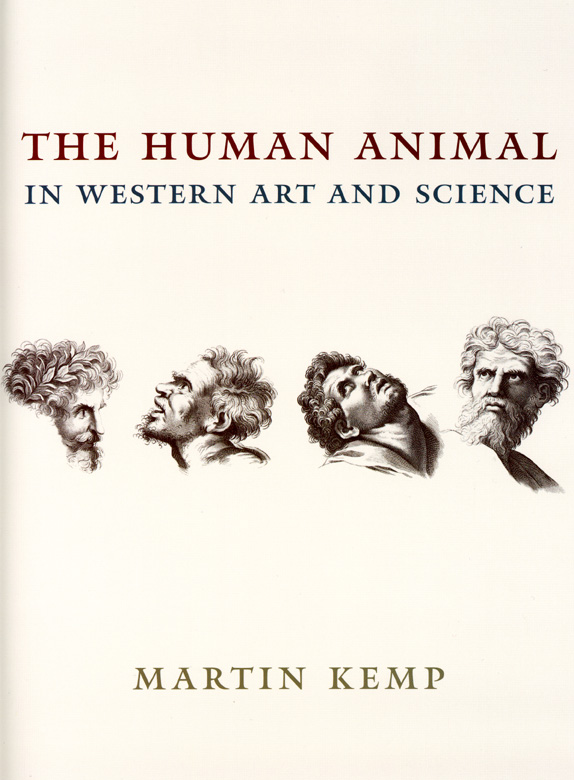Review: Kemp, The Human Animal in Western Art and Science

Martin Kemp’s new book The Human Animal in Western Art and Science was given an interesting advance review in the September 6 edition of Nature. Reviewer Alison Abbot begins her piece:
On waking, Henry Jekyll stared with horror at the metamorphosis of his hand, normally “professional in shape and size… large, firm, white and comely.” Jekyll’s experiment to separate the human and animal sides of himself had been all too successful. He noted further: “The hand which I now saw … lying half shut on the bedclothes was lean, corded, knuckly, of a dusky pallor and thickly shaded with a smart growth of hair. It was the hand of Edward Hyde.”
Thus Martin Kemp ends his treatise The Human Animal in Western Art and Science with this apposite quote from Robert Louis Stevenson’s 1886 novel. It epitomizes the dilemma that has fascinated us for millennia. How much of the animal is there within us? Conversely, how much is human in animals?
Kemp answers these questions. Science, from Darwin to the latest neuroscience and genomics, has shown that there is no sharp animal-human divide, only a sliding scale. And in guiding us to this conclusion, Kemp’s six chapters deviate through an amusing and erudite visual history, drawing from art, philosophy, literature, film and other cultural media.
Continue reading the review on the Nature website.
Kemp’s book is currently scheduled for release in early October.